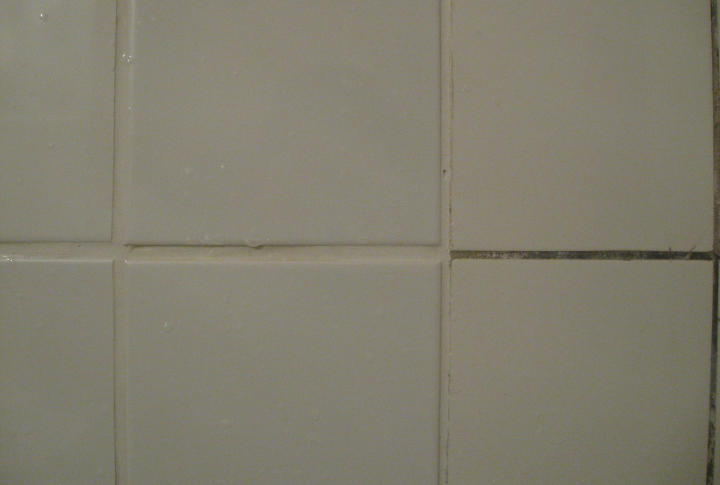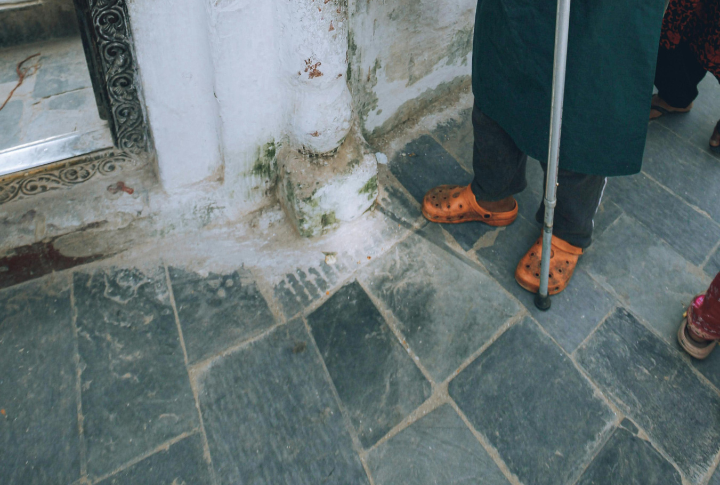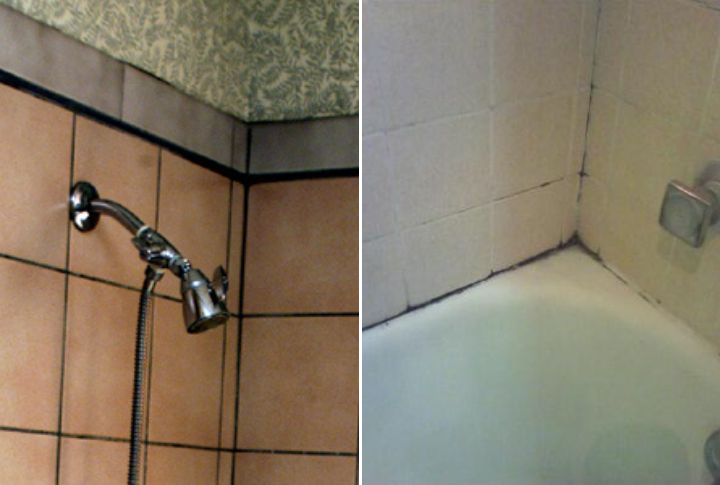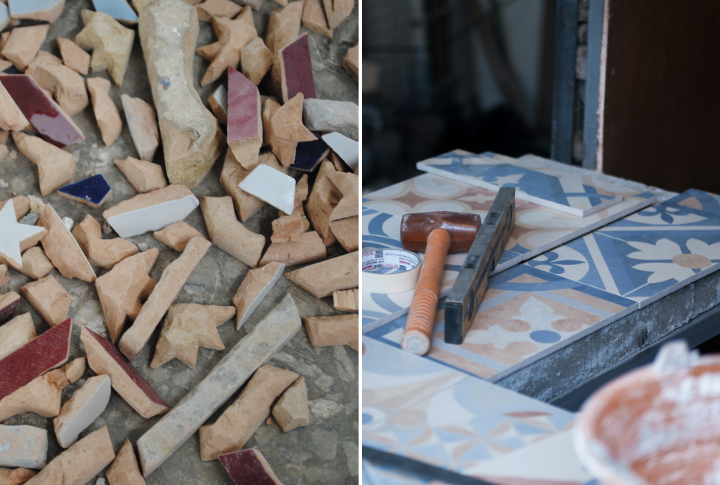
Tiles can improve the look of any space. Durable and easy to clean—they are perfect for bathrooms and kitchens. There are so many options to choose from! You can go for a minimalistic look or add color with fun patterns. But before starting your new DIY project, make sure you avoid these 15 common mistakes.
Skipping Surface Preparation

Make sure to properly prepare the surface before installing tiles. Uneven, dirty, or damp surfaces can prevent tiles from adhering correctly, leading to cracking and loose tiles over time. Always ensure the surface is clean, dry, and level to create a strong foundation and smooth finish.
Using The Wrong Adhesive

Not all adhesives work for every type of tile. The wrong adhesive can cause tiles not to stick properly or fail over time. Be sure to choose an adhesive that’s compatible with both the tile and the surface you’re working on, and follow the manufacturer’s guidelines for best results.
Incorrect Tile Spacing

Improper spacing between tiles can lead to uneven grout lines and a lackluster appearance. It also affects the durability of the installation. Use tile spacers to maintain consistent gaps between tiles, ensuring the layout looks professional and the grout has room to settle.
Ignoring Expansion Joints

Neglecting to include expansion joints can cause tiles to crack or lift over time, especially in areas with temperature changes or heavy traffic. These joints allow the floor to expand and contract naturally. Always plan for expansion joints to avoid stress on the tiles, ensuring a longer-lasting installation.
Not Leveling Tiles As You Go

Uneven tiles are not only an eyesore but also a tripping hazard. If tiles are not leveled during installation, they can ruin the look and functionality of the project. So, take the time to level each tile as you go, using a leveling tool to keep the surface flat and consistent.
Cutting Tiles Incorrectly

Rushing through the tile-cutting process can lead to jagged edges or tiles that don’t fit properly. Always measure carefully and use a sharp tile cutter to ensure precise cuts. Taking the time to cut tiles correctly helps maintain the overall design and provides a professional finish.
Choosing The Wrong Grout

The grout you choose plays a significant role in your tile installation’s overall appearance and durability. Selecting the wrong color or type can make the tiles look disjointed or lead to premature cracking. So, always match the grout type to the environment and tile material.
Failing To Seal Grout

Grout is porous, which makes it susceptible to staining and moisture damage if not properly sealed. Skipping this step can lead to discoloration or mold growth in damp areas. After mending the grout, apply a high-quality sealer to safeguard it and maintain its new appearance.
Laying Tile Without A Layout Plan

Jumping straight into installation without a clear layout plan often leads to poor alignment and uneven cuts in visible areas. Before you start, dry-fit the tiles and mark reference lines to ensure your design stays on track. A little planning goes a long way in preventing unsightly mistakes.
Using Inconsistent Grout Lines

Inconsistent grout lines can ruin the look of even the most expensive tiles. Uneven spacing between tiles creates a messy appearance and weakens the structure. Always use spacers and take your time to ensure each grout line is uniform, resulting in a polished final product.
Installing Over Old Flooring

Installing tile directly over existing flooring, especially if it’s damaged or uneven, can cause a host of issues like cracking and loose tiles. Always remove old flooring and inspect the subfloor for any imperfections. A proper subfloor provides a stable base for tile and helps ensure a longer-lasting installation.
Failing To Waterproof In Wet Areas

In moisture-prone areas like bathrooms or kitchens, neglecting to waterproof before installing tile can lead to water damage, mold, and mildew. Applying a waterproofing membrane or barrier under the tile is essential to prevent long-term issues. Taking this precaution adds durability and ensures a moisture-free installation.
Not Accounting For Tile Waste

Underestimating the amount of tile you’ll need is a common issue. It’s important to buy extra tiles to account for waste from cutting, breakage, or future repairs. A good rule of thumb is to purchase 10-15% more tile than the area requires. This ensures you won’t be scrambling for matching tiles later.
Rushing The Installation

You need to be patient if you want to install tiles properly yourself. Rushing through the process often leads to uneven tiles, misaligned patterns, or messy grout work. Take your time, especially when cutting and aligning tiles, to ensure that the finished project looks neat, professional, and durable.
Neglecting Final Cleaning

Failing to clean off the haze from grout residue can leave tiles looking dull and unfinished. You should wait until the grout has dried completely before cleaning. Use a specialized grout haze remover or a wet cloth to clean the surface to bring out its beauty and complete the installation.

